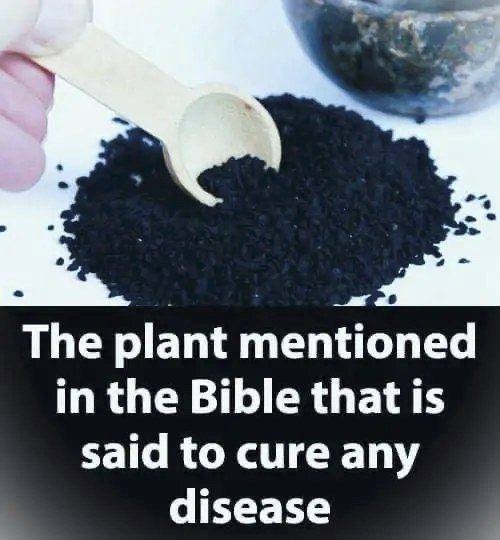Throughout history, mankind has sought natural remedies for healing, and few substances have garnered as much spiritual and medicinal significance as the Balm of Gilead. Revered in the Bible and cherished in ancient medicinal traditions, this powerful plant-based remedy symbolizes both physical healing and spiritual restoration. But what exactly is the Balm of Gilead? Is there a real plant behind this biblical reference, and how can we still benefit from its properties today? In this article, we will explore the origins, historical uses, and modern applications of this legendary balm.
Biblical References to the Balm of Gilead:
The Balm of Gilead is mentioned multiple times in the Bible as a substance of great value, often associated with healing and divine intervention. Let’s examine some key references:
Jeremiah 8:22
“Is there no balm in Gilead? Is there no physician there? Why then is there no healing for the wound of my people?”
This passage reflects the lamentation of the prophet Jeremiah, who mourned the suffering of his people. The Balm of Gilead is metaphorically used as a symbol of a cure for both spiritual and physical ailments.
Jeremiah 46:11
“Go up to Gilead and get balm, Virgin Daughter Egypt. But in vain you will use many medicines; there is no healing for you.”
This verse highlights the balm’s reputation as a powerful remedy, yet also warns that no earthly cure can override divine judgment.
Genesis 37:25
The story of Joseph’s brothers selling him to Ishmaelite traders mentions their caravan carrying balm from Gilead, indicating its significance as a prized commodity in ancient trade.
These references underscore the high esteem in which the Balm of Gilead was held, both as a physical healing agent and a spiritual metaphor.
Continued on next page
ADVERTISEMENT

